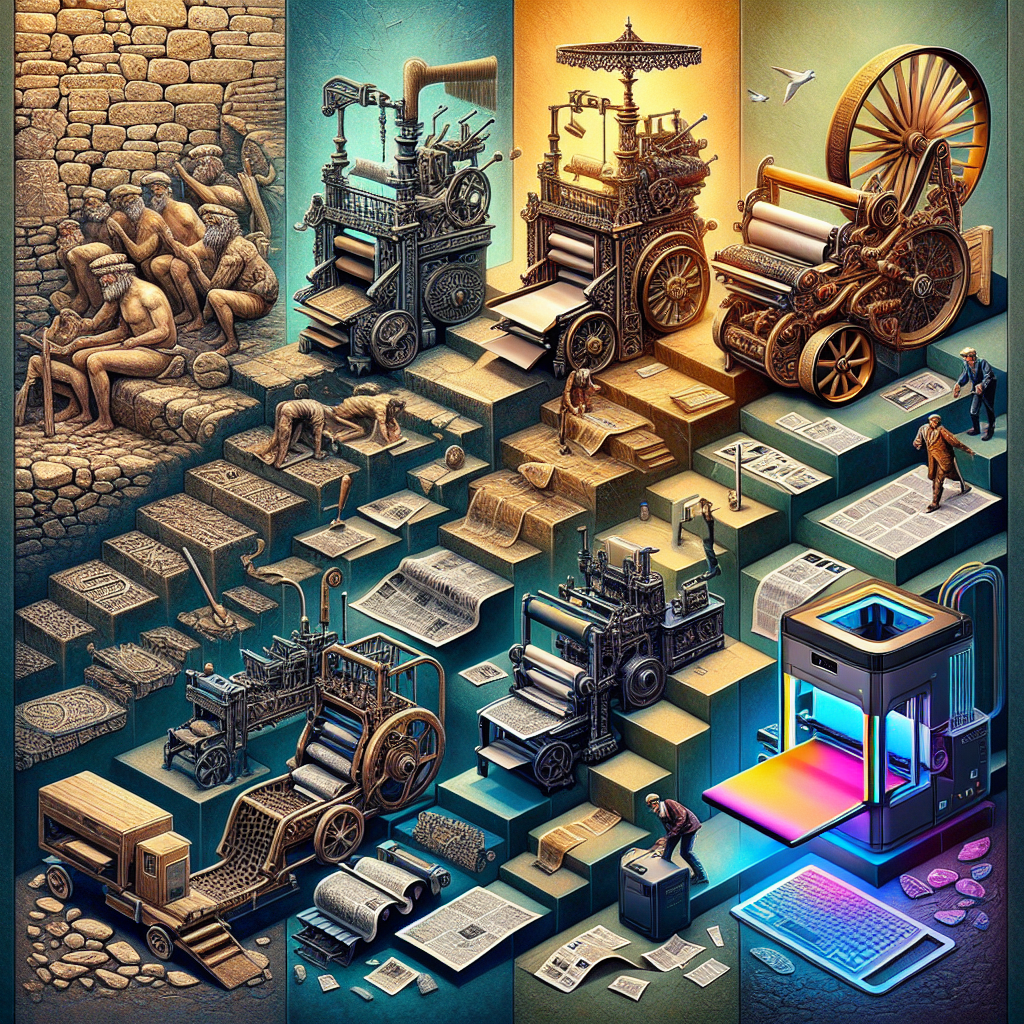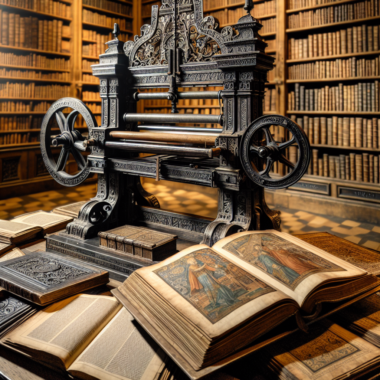The journey of printing technology is a tale of innovation and transformation that has significantly shaped our society. From the **_ancient methods_** of engraving on stone and clay to the revolutionary **_invention of the printing press_** by Johannes Gutenberg in the 15th century, each advancement has contributed to the accessibility and dissemination of information.
In the 18th and 19th centuries, the introduction of steam-powered printing presses allowed for faster production, enabling newspapers and books to reach wider audiences. This era marked a pivotal point in **_mass communication_**, fundamentally altering how knowledge was shared and consumed. With the advent of **_offset printing_** in the early 20th century, the quality and efficiency of printing continued to evolve, paving the way for the colorful and complex designs we see today.
The digital revolution of the late 20th century introduced a new dimension to printing, allowing for **_on-demand printing_** and personalized products. Today, technology such as **_3D printing_** pushes the boundaries even further, enabling the creation of tangible objects from digital files.
Each step in the evolution of printing technology has had a profound impact on various fields, including education, advertising, and even memorial services. For instance, the ability to print high-quality funeral programs and memorial keepsakes has transformed how we honor and remember our loved ones. Order funeral & memorial prints today to see how modern printing can help you celebrate the lives of those who have passed.
How Printing Enhances Communication in Society
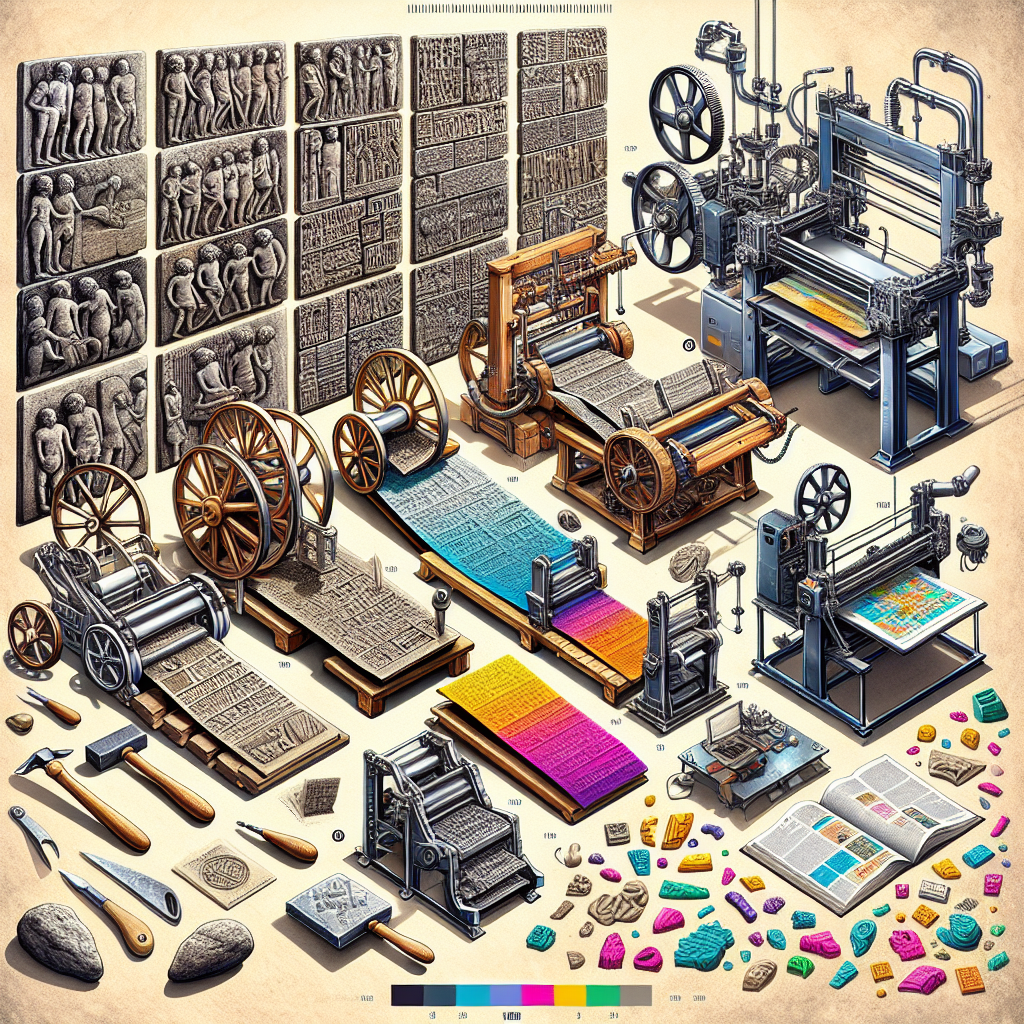
In today’s fast-paced world, effective communication is crucial, and printing plays a vital role in enhancing this aspect of our society. From **_business cards_** to **_brochures_**, printed materials are essential tools that facilitate interaction and information sharing among individuals and organizations.
Printed media, such as newspapers and magazines, remain key sources of information, providing in-depth coverage of events and issues that matter to the public. These publications contribute to informed citizenship and help shape public opinion. Furthermore, **_advertising_** relies heavily on printed materials to reach diverse audiences, making it easier for businesses to promote their products and services.
In educational settings, printed materials like textbooks, handouts, and study guides are indispensable. They enhance learning by offering tangible resources that students can reference and annotate. The ability to physically interact with printed materials helps reinforce concepts and supports various learning styles.
Moreover, printing is essential in creating **_memorial products_** that communicate personal stories and legacies. Items such as funeral programs, memorial bookmarks, and posters serve as meaningful artifacts that honor the memory of loved ones while providing comfort to those who are grieving.
Overall, printing enriches communication in society, making information accessible and fostering connections among people. Its enduring relevance in both personal and professional realms underscores its importance in our daily lives.
The Role of Printing in Education and Learning
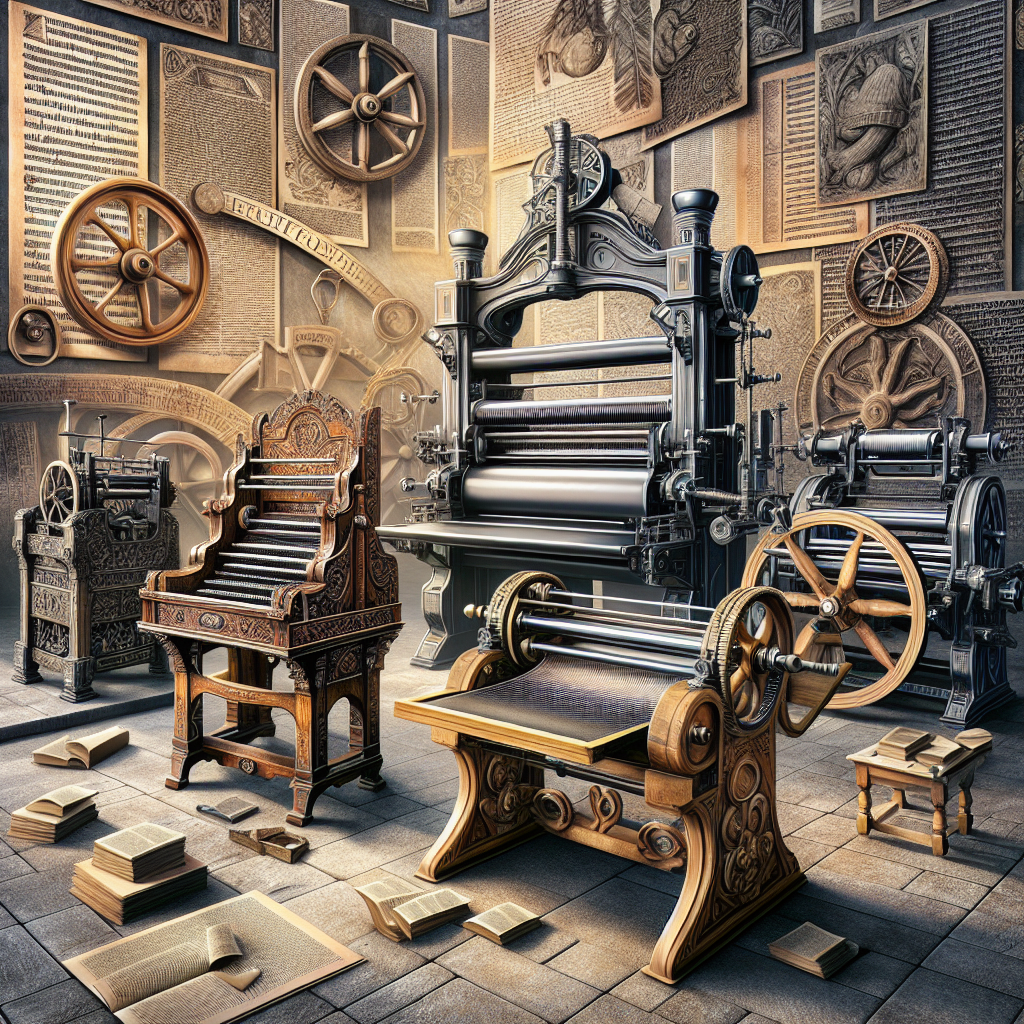
In the realm of education, the impact of printing is profound and multifaceted. **_Printed materials_** have long been the backbone of learning, providing essential resources that facilitate knowledge acquisition and academic success. From textbooks to worksheets, printed content supports students at every stage of their educational journey.
Textbooks, for instance, are crucial for structured learning. They present information in a clear, organized manner, allowing students to engage with the material effectively. The tactile experience of flipping through pages often enhances retention, as many learners find that they can better absorb information when it is presented in a physical format.
Additionally, printed handouts and study guides serve as valuable supplements to lectures and discussions. These resources allow students to follow along, take notes, and review key concepts at their own pace. The ability to highlight and annotate printed materials also contributes to deeper understanding and engagement with the subject matter.
Moreover, printed assessments, such as quizzes and exams, are fundamental for evaluating student progress and comprehension. These materials ensure that educators can effectively measure learning outcomes and provide necessary feedback to students.
In recent years, while digital tools have gained popularity, the enduring significance of printed resources in education cannot be overlooked. Many educators still advocate for a balanced approach that incorporates both digital and printed materials, recognizing that different learners benefit from different formats. Ultimately, the role of printing in education and learning remains vital, supporting diverse learning styles and fostering a deeper connection to the material.
Impact of Printing on Business and Marketing Strategies
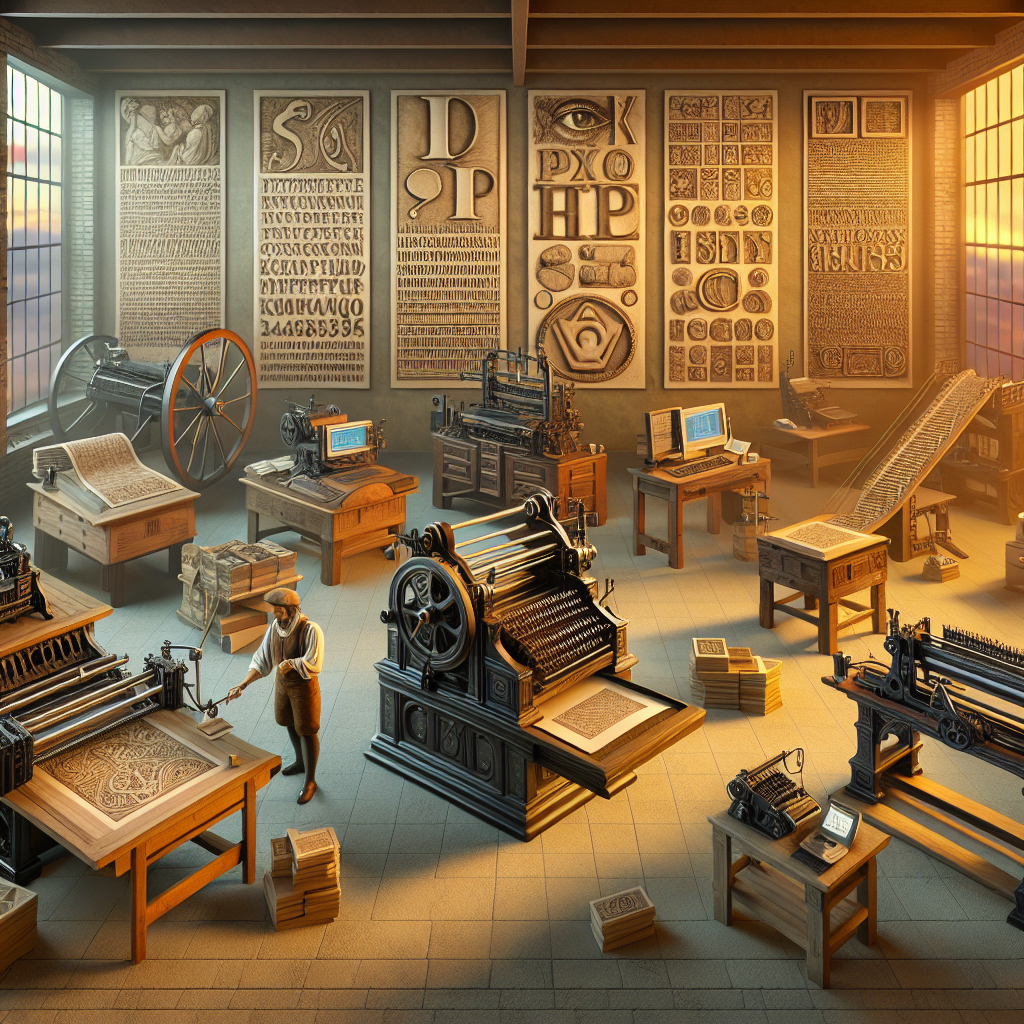
The influence of printing on business and marketing strategies is undeniable. In a competitive marketplace, companies rely heavily on printed materials to convey their brand message, engage customers, and drive sales. **_Print advertising_**, such as brochures, flyers, and posters, plays a crucial role in reaching potential clients and capturing their attention.
One of the key advantages of print marketing is its tangibility. Unlike digital ads that can easily be overlooked or forgotten, printed materials provide a physical presence that can leave a lasting impression. Customers are more likely to remember a well-designed brochure or business card than a fleeting online advertisement. This makes print an effective tool for brand recognition and recall.
Furthermore, **_customized printed products_**, such as promotional items and branded merchandise, help businesses create a unique identity. These items serve not only as marketing tools but also as a means of fostering customer loyalty. When customers receive quality printed materials, they often associate that quality with the brand itself, enhancing their overall perception and trust.
In addition to traditional advertising, businesses utilize printed materials for direct marketing campaigns. Postcards, catalogs, and newsletters are commonly used to communicate special offers, new products, or important updates. These targeted approaches allow companies to reach specific audiences effectively, driving engagement and conversions.
Moreover, the rise of online printing services has made it easier than ever for businesses to create high-quality printed materials at competitive prices. This accessibility empowers small businesses and startups to leverage print marketing, leveling the playing field and allowing them to compete with larger enterprises.
Overall, the impact of printing on business and marketing strategies is significant, as it enhances brand visibility, fosters customer relationships, and drives sales growth.
Printing’s Influence on Cultural Preservation and Memory
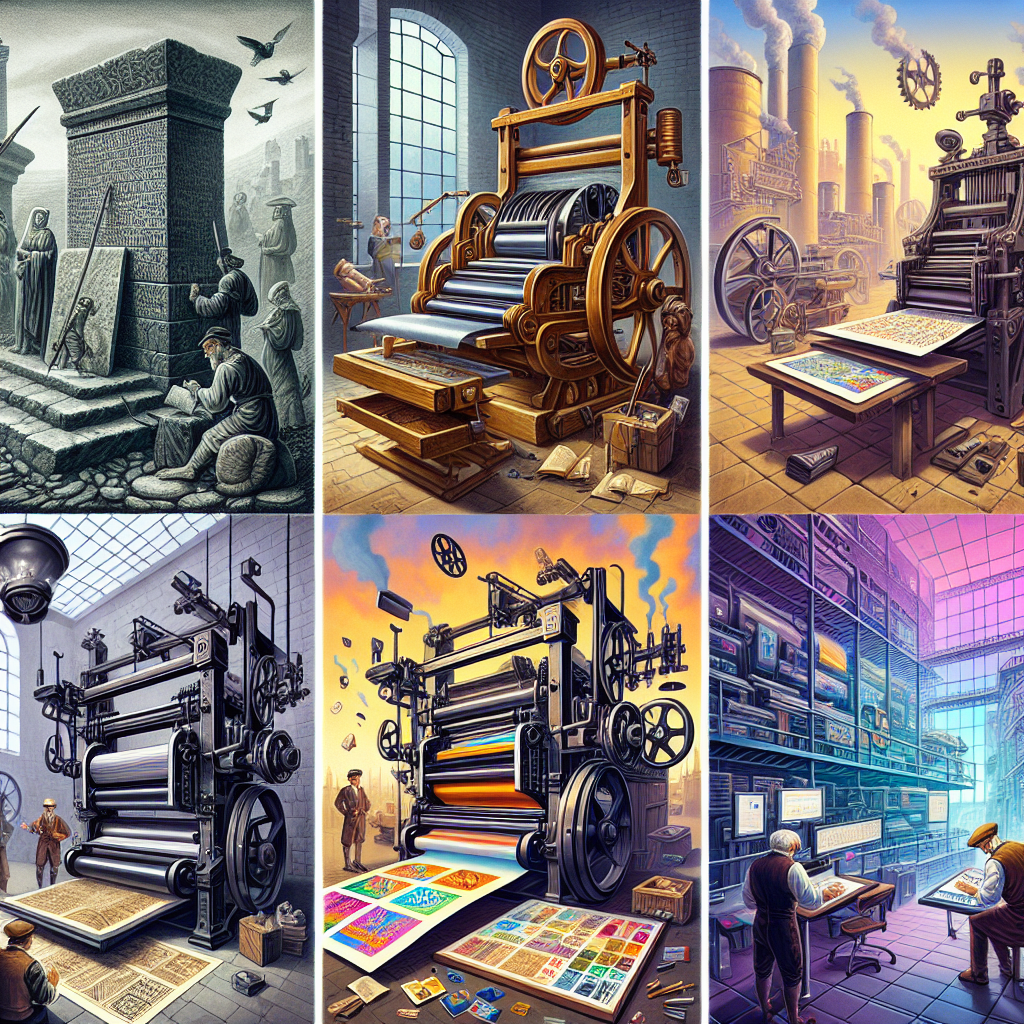
Printing plays a pivotal role in the **_preservation of culture_** and memory, acting as a vital medium through which history, traditions, and stories are documented and shared. From ancient manuscripts to contemporary books, printed materials have long been essential in maintaining the collective memory of societies across the globe.
One of the most significant impacts of printing is its ability to democratize knowledge. The advent of the printing press revolutionized how information was disseminated, making literature and education accessible to a broader audience. This shift not only fostered literacy but also enabled diverse cultural narratives to be recorded and preserved for future generations.
Moreover, printed materials such as **_memorial programs, books, and pamphlets_** serve as important artifacts that commemorate significant events and individuals. For instance, during memorial services, printed programs provide a tangible way to honor the deceased, offering attendees a chance to reflect on their lives and contributions. These printed keepsakes often include cherished memories, photographs, and personal tributes that help preserve the legacy of loved ones.
In addition, printing supports cultural preservation through the creation of **_archival materials_**. These include brochures, catalogs, and posters that document local histories and cultural practices. By printing these resources, communities can share their unique heritage, fostering a sense of identity and belonging among residents and future generations.
Furthermore, the digital age has opened new avenues for preserving cultural narratives through print. Artists, historians, and community organizations can now produce high-quality printed works that celebrate their cultural diversity and heritage. This blend of traditional and modern printing techniques ensures that cultural stories continue to be told and cherished.
In summary, printing’s influence on cultural preservation and memory is profound, ensuring that the narratives, traditions, and legacies of various communities are not only documented but also celebrated.
Future Trends in Printing and Their Potential Effects
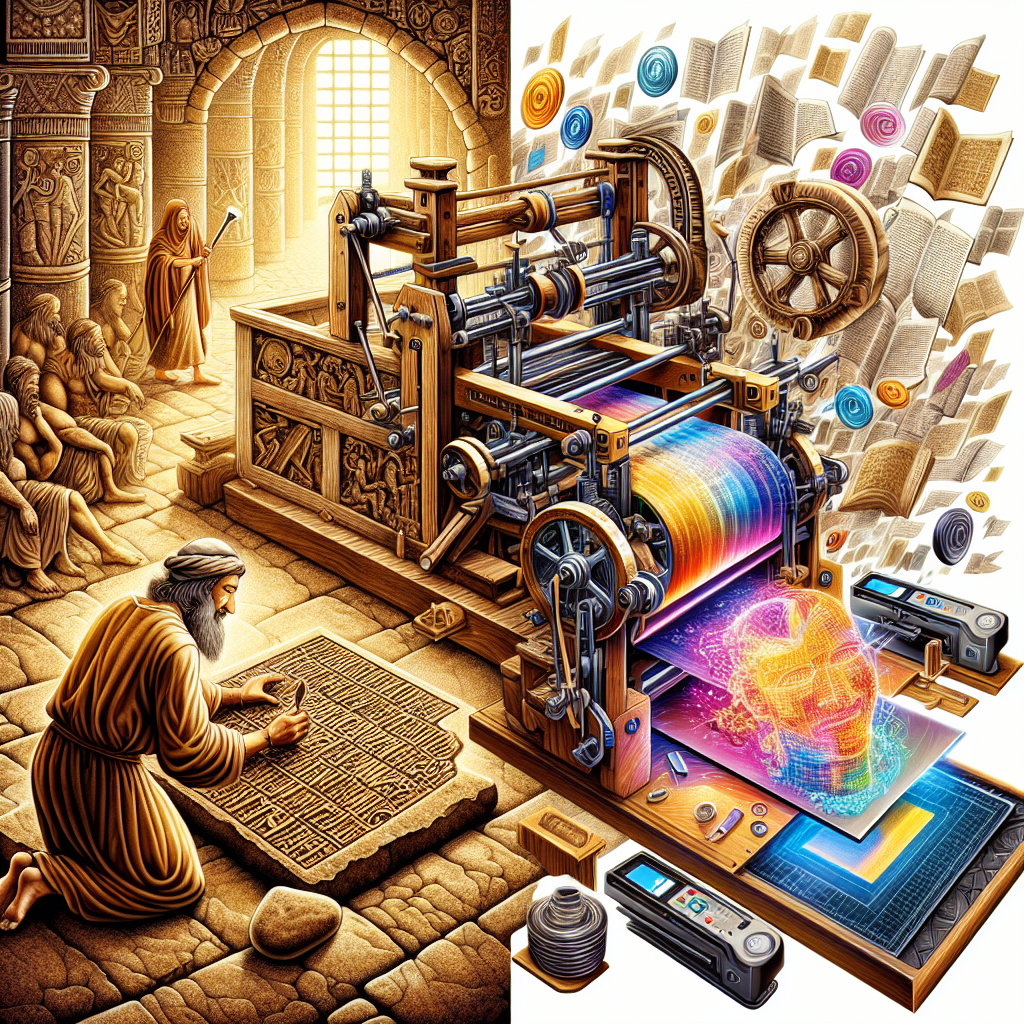
As technology continues to evolve, the future of printing holds exciting possibilities that could significantly influence various facets of our lives. Emerging trends in printing are not only enhancing efficiency but also expanding the creative boundaries of what can be achieved through this medium.
One notable trend is the rise of **_3D printing_**, which is revolutionizing industries from manufacturing to healthcare. This innovative technology allows for the creation of complex structures and customized products, ranging from prosthetics to architectural models. As 3D printing becomes more accessible, it has the potential to reshape how we approach design and production, making it possible to create tailored solutions that meet individual needs.
Another significant advancement is the increased focus on **_sustainability_** within the printing industry. As environmental concerns grow, many companies are adopting eco-friendly practices, such as using recycled materials and sustainable inks. This shift not only helps reduce waste but also encourages consumers to make more conscious choices regarding the products they use.
Additionally, the integration of **_digital technology_** with traditional printing methods is creating hybrid possibilities that enhance personalization. With advancements in data analytics and artificial intelligence, printing can now be tailored to specific audiences, allowing for targeted messaging and customized designs. This capability is particularly beneficial for businesses looking to engage their customers in a more meaningful way.
The future of printing also includes the potential for **_on-demand printing_**, which minimizes waste and maximizes efficiency. Businesses can print items as needed, reducing excess inventory and ensuring that products are fresh and relevant. This trend is especially valuable in the funeral and memorial services industry, where personalized items, such as memorial cards and programs, can be created quickly and efficiently.
As we look ahead, it is clear that the advancements in printing technology will continue to impact our lives in remarkable ways. From enhancing cultural preservation to fostering sustainable practices, the future of printing is bright and full of promise. If you are interested in exploring how these trends can benefit your memorial needs, order funeral & memorial prints today and take advantage of the latest innovations in printing.
 Free Shipping Over $50
Free Shipping Over $50  888-432-8363
888-432-8363


 Obituary/Programs
Obituary/Programs No-Fold Memorial Programs
No-Fold Memorial Programs 4 Page Funeral Programs
4 Page Funeral Programs 8 Page Memorial Programs
8 Page Memorial Programs 12 Page Funeral Programs
12 Page Funeral Programs 16 Page Funeral Programs
16 Page Funeral Programs 20 Page Funeral Programs
20 Page Funeral Programs Tri-Fold Funeral Programs
Tri-Fold Funeral Programs Complete Memorial Packages
Complete Memorial Packages
 Cards & Bookmarks
Cards & Bookmarks Saint Prayer Cards
Saint Prayer Cards Folded Memorial Cards
Folded Memorial Cards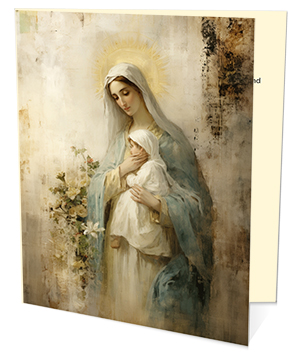 Folded Holy Cards
Folded Holy Cards Memorial Bookmarks
Memorial Bookmarks Thank You Cards
Thank You Cards Share-A-Memory Cards
Share-A-Memory Cards Memorial Magnets
Memorial Magnets
 Memorial Posters
Memorial Posters Guest Books
Guest Books Slide Shows
Slide Shows Memorial Fans
Memorial Fans Death Announcements
Death Announcements Take Away Keepsakes
Take Away Keepsakes
 Church Products
Church Products